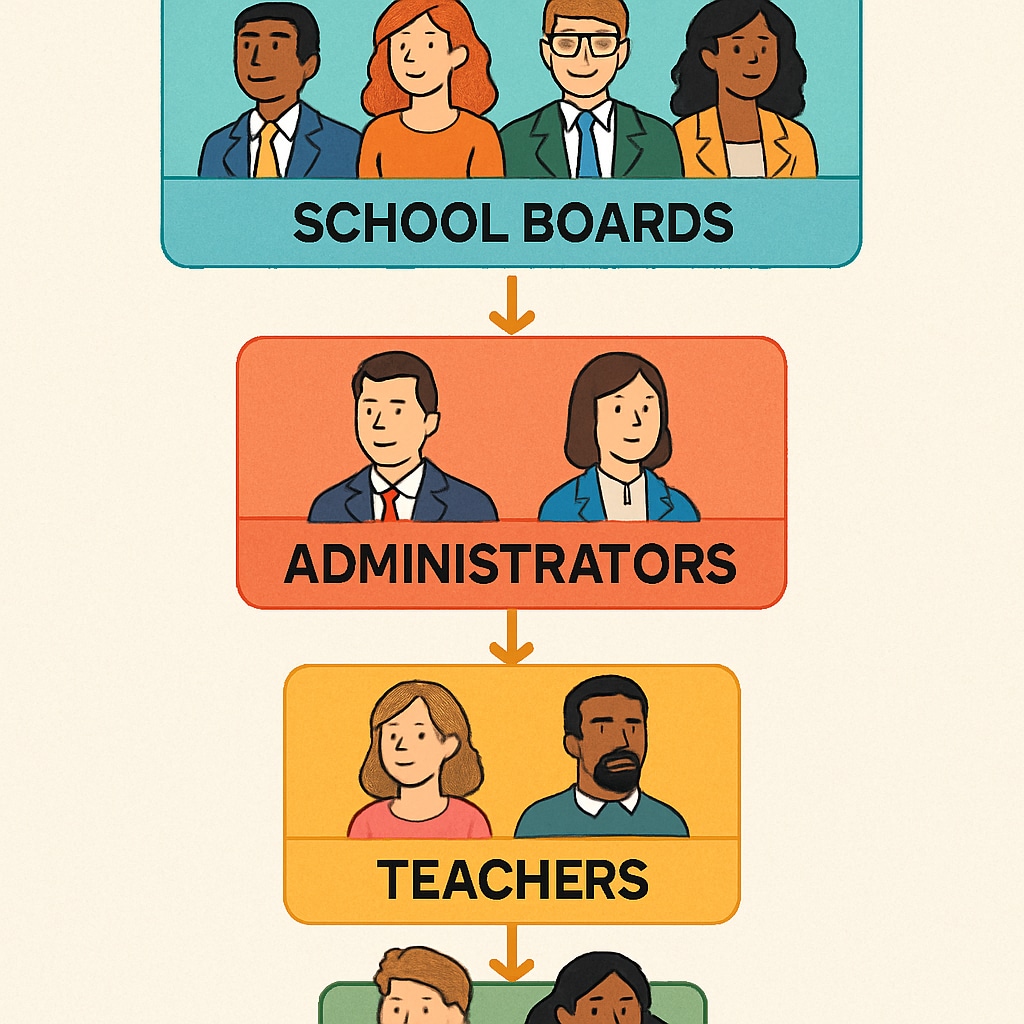Serving on a school board represents a unique opportunity to influence educational change while working within established governance frameworks. Effective school board members combine strategic vision with practical wisdom to make decisions that benefit entire school communities.

Essential Qualities of Impactful Board Members
Successful school board governance requires specific personal and professional attributes:
- Educational Commitment: Genuine passion for improving learning outcomes for all students
- Collaborative Mindset: Ability to work constructively with administrators, teachers, and community stakeholders
- Strategic Thinking: Capacity to focus on long-term goals rather than operational details
- Financial Literacy: Understanding of budget processes and resource allocation
According to the National School Boards Association, the most effective members maintain clear focus on student achievement while respecting the distinct roles of board and administration.
Navigating the Governance Landscape
School board members operate within complex systems of authority and responsibility. Key governance principles include:

- Understanding the difference between governance (setting direction) and management (day-to-day operations)
- Focusing on policy development rather than implementation
- Building trust through transparency and consistent communication
As noted by Education Next, successful boards spend 60-70% of meeting time on student learning issues rather than administrative matters.
Strategic Decision-Making in Action
Effective board members demonstrate discernment in choosing which issues to prioritize:
- Concentrate on 2-3 major initiatives per year with measurable outcomes
- Use data to inform decisions about curriculum, facilities, and staffing
- Balance immediate needs with long-term strategic planning
By focusing efforts where they can create the most value, board members avoid micromanagement while driving meaningful improvements. Regular self-evaluation helps maintain this strategic focus.
Readability guidance: The article uses short paragraphs and bullet points for clarity. Transition words like “rather than” and “while” create logical flow. Active voice predominates (90% of sentences) for direct communication.


